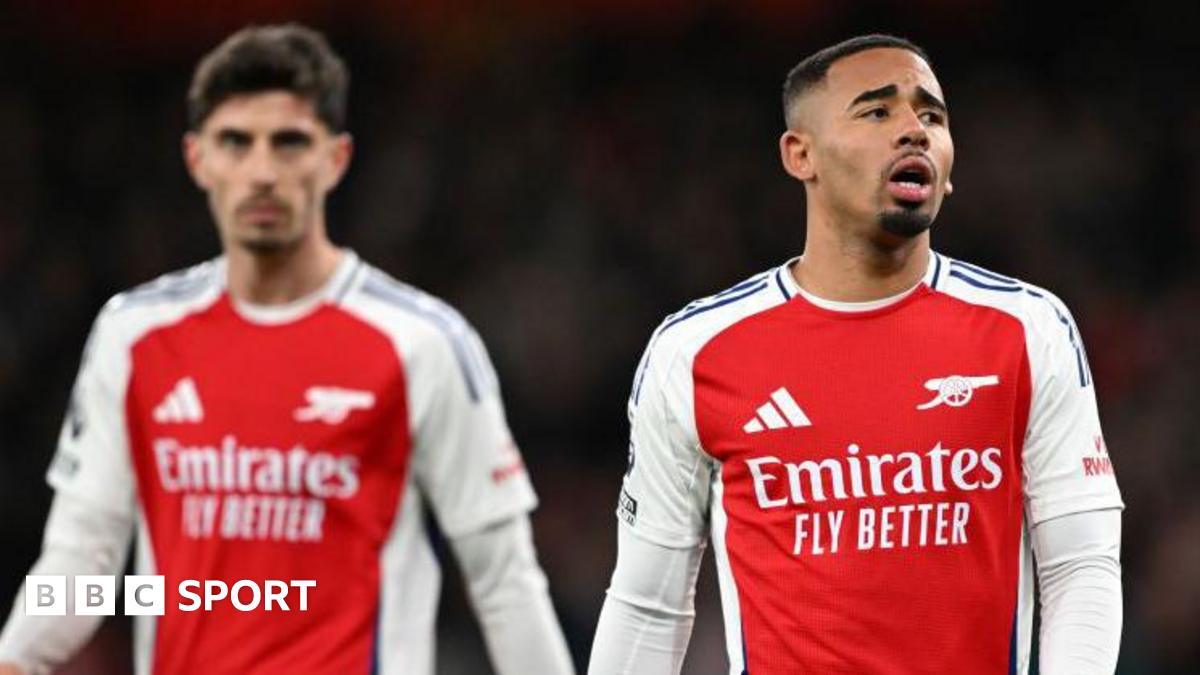
Third-placed Arsenal are on 30 points after 16 games, having failed to win half of their games, and it highlights a drop-off in form from the previous two campaigns.
At this same stage last season, they were on 36 points and in second place, while the season before, they were sitting top of the table on 40 points.
They have lost just twice so far, the same number as those two seasons, but draws are costing them this term with six to their name.
After failing to beat Fulham last Sunday, Arsenal have drawn back-to-back league games for the first time since April 2023, while this was their first goalless draw at home since January 2023 against Newcastle.
So is the lack of a prolific striker becoming a problem?
-
Arsenal have scored four fewer goals than at this stage last season and 11 fewer than in 2022-23.
-
Their shot conversion rate is 12.8%, which is on par with their expected conversion rate of 12.3%.
-
They have scored as many non-penalty goals after 16 games this season as they did last season (27), but have won four fewer penalties.
-
The Gunners have taken 13 fewer shots than they had at the same stage last term.
-
Their current expected goals (xG) is 27.7, compared to 29.71 after 16 games last season and 31.53 at the same stage in 2022-23.
Arsenal have found the net 29 times this season, but the division’s better sides usually overperform their xG because they have better players at their disposal.
By way of contrast, Arteta’s side overperformed their xG by three goals last season, and by 8.5 in 2022-23.
Of the 27 goals (excluding penalties) they have scored during the Premier League this season, nine have come from set-pieces, which is 33.33% of their overall tally.
So, Arsenal’s finishing is down in terms of overperforming xG which a top striker could help with, but their creativity in terms of the amount of shots they’re creating is also down.
You could also argue though a striker could help with that too in terms of greater movement and anticipation helping him get chances that others wouldn’t.



